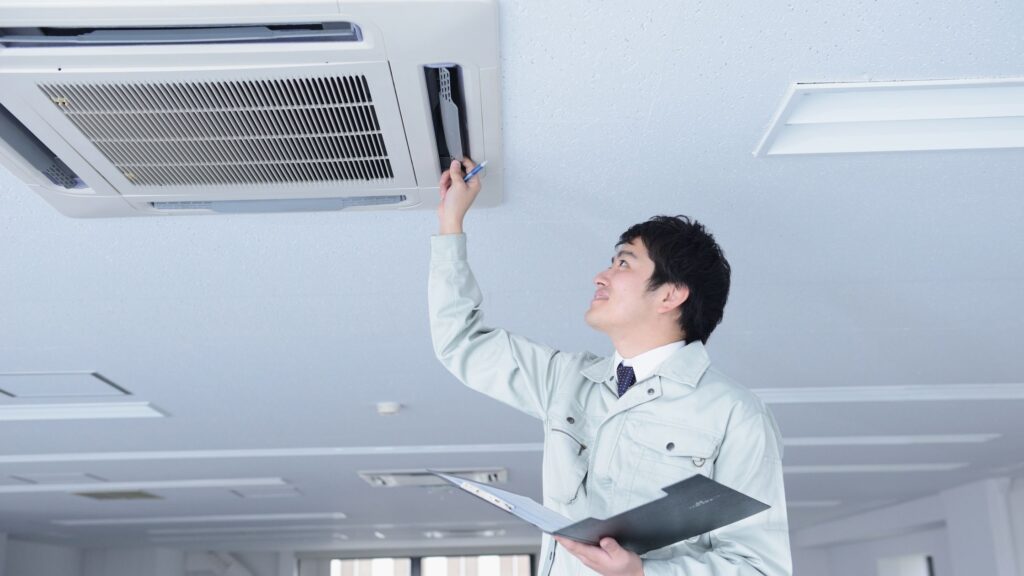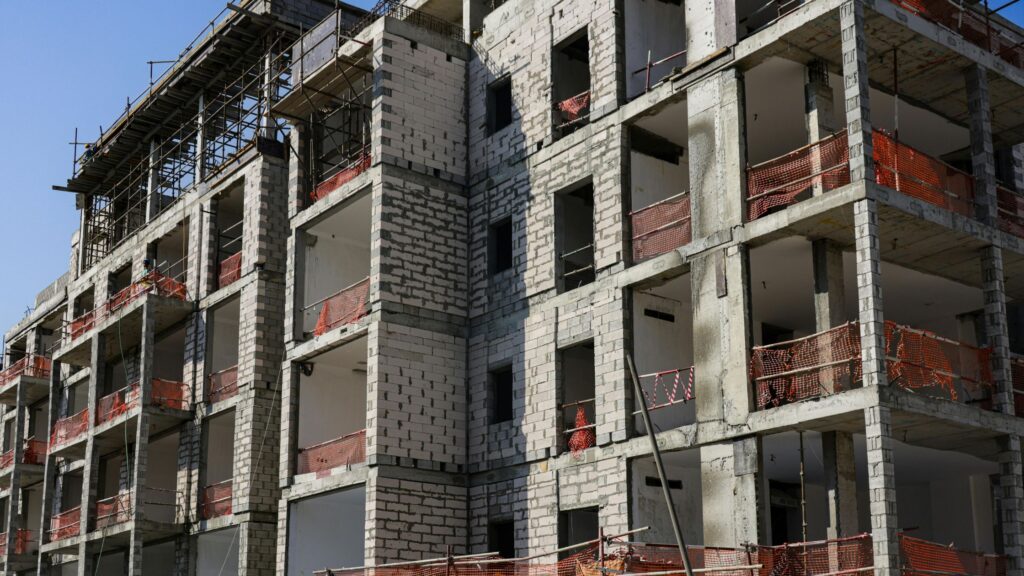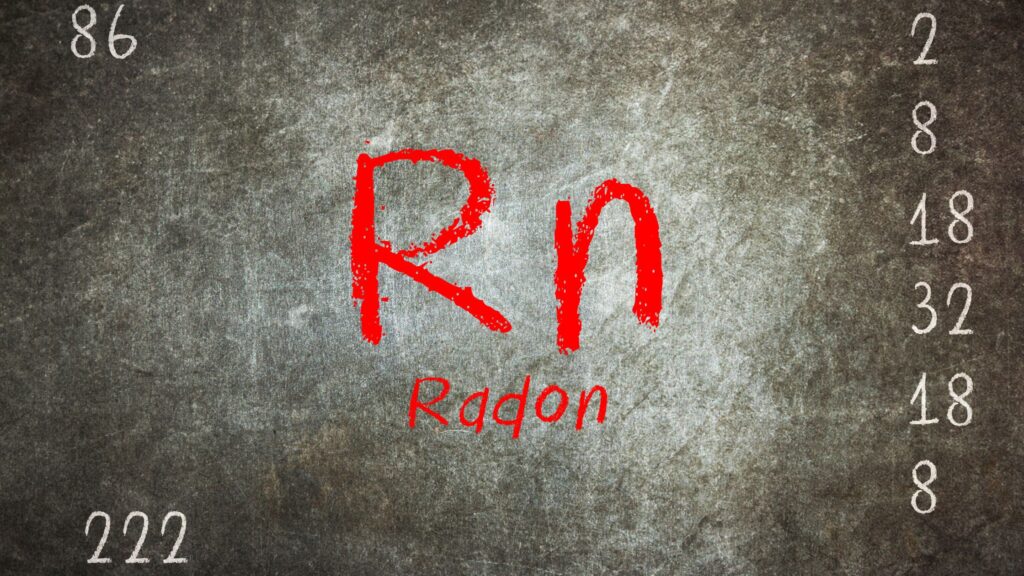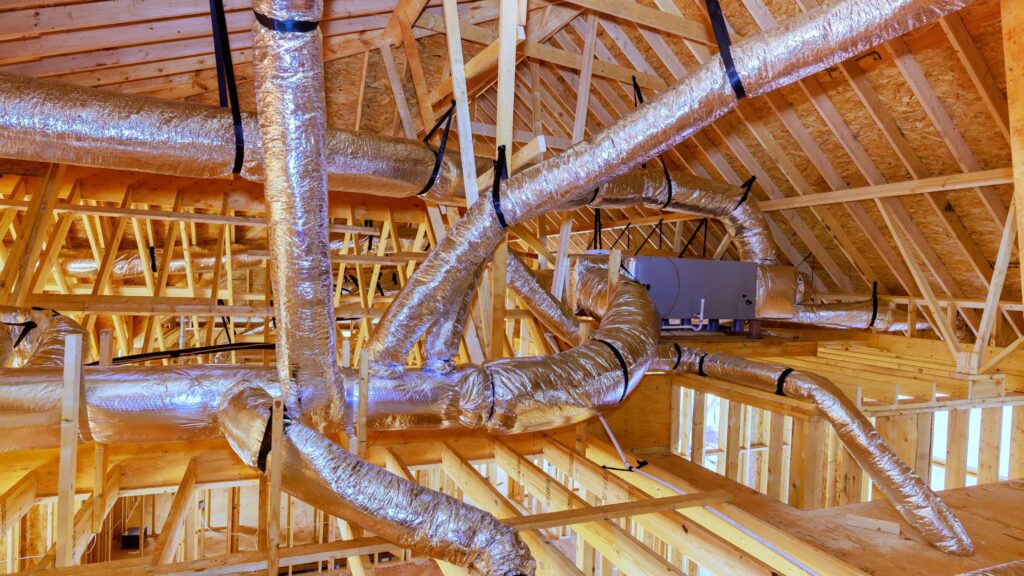A Radon air purification system is essential for keeping the air in your home or building safe and clean. Radon gas is invisible, odorless, and tasteless, but it can pose serious risks to your health. By installing a this system, you can effectively lower radon levels, create a healthier living environment, and enjoy peace of mind. In this article, we’ll explain how these systems work, why they are important, and share practical tips to get the best results.
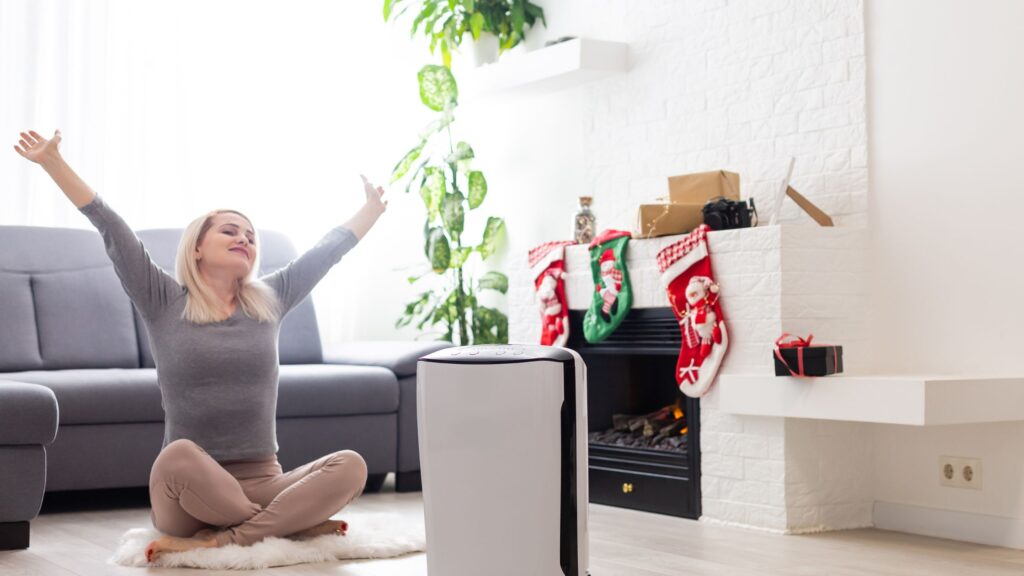
1. What Is a Radon Air Purification System?
A Radon air purification system is an active method that removes radon gas from your home or building. It works by creating suction beneath the foundation using a fan and vent pipes, which safely direct the radon outside. Unlike passive approaches, this system runs continuously, keeping radon levels low and maintaining a healthier indoor environment for everyone living or working inside. Learn more about Radon Air Purification Systems.
2. Why You Need a Radon Air Purification System
Radon is the second-leading cause of lung cancer after smoking, which is why installing a this system is essential. This colorless gas can seep into homes through gaps and foundation cracks, allowing hazardous levels to build up even in well-ventilated spaces. When radon exceeds 4.0 pCi/L—the EPA’s recommended action level—only an active system can reliably lower it. Installing a this system helps protect your family’s health and ensures your home stays within safe standards.
3. Key Components of a Radon Air Purification System
A complete Radon air purification system consists of several key parts:
- Sub-slab or sub-membrane suction: Collects radon gas from beneath the building, preventing it from entering living spaces.
- Vent pipes: Typically made of PVC, these pipes safely channel radon outdoors, away from windows and air intakes.
- Radon fan: Creates suction that pulls radon upward and vents it outside, ensuring continuous mitigation.
- Sealing materials: Close foundation cracks and gaps to enhance the system’s efficiency and prevent radon entry.
- Monitoring tools: Devices like a manometer or alarm track system performance and alert you if maintenance is needed.
Together, these elements form a reliable, airtight system that continuously removes radon, keeping your indoor air safe and healthy.
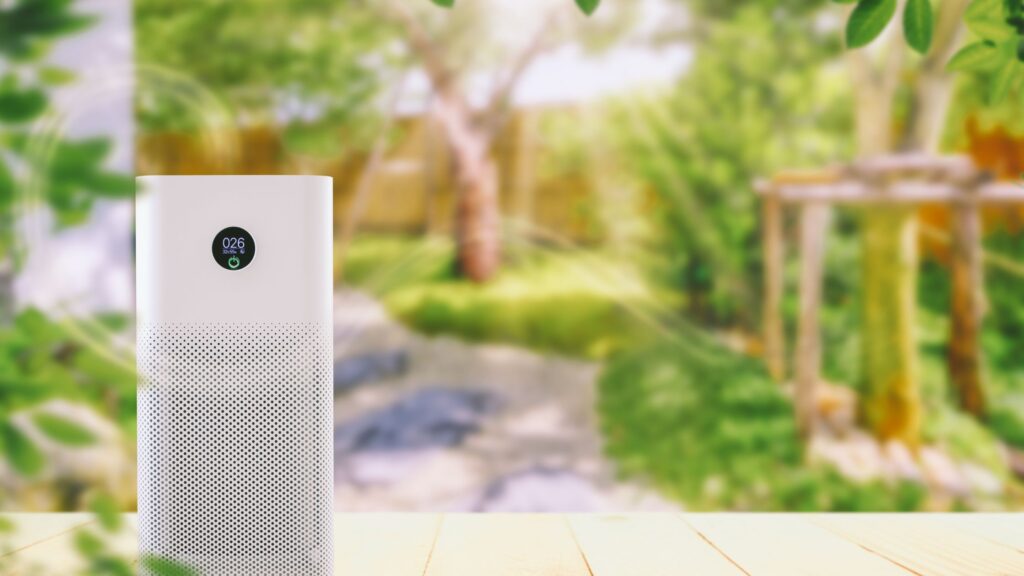
4. How the This System Works
This system works by removing radon from the areas where it collects and safely venting it outside before it can enter your home:
- Professionals first install suction points beneath the foundation or under crawl spaces.
- A radon fan then pulls the gas through vent pipes and releases it above the roofline, away from windows and air vents.
- Any cracks or openings are sealed to improve the system’s efficiency.
- Monitoring tools, like manometers, are installed to ensure the system is running correctly.
By following these steps, the system continuously redirects radon outdoors, keeping your indoor air safe and healthy.
5. Benefits of Using a Radon Air Purification System
Installing a Radon air purification system offers many advantages:
- Highly effective: A this system can lower radon levels by 90–99%, offering far greater protection than passive methods.
- Reliable: These active systems operate continuously and adjust to changes in soil and environmental conditions to maintain consistent performance.
- Peace of mind: Built-in monitoring tools detect any issues early, allowing you to take prompt action and keep your home safe.
- Boosts home value: Certified systems reassure buyers and address potential radon concerns during inspections.
- Regulatory compliance: Professionally installed systems follow EPA and ASTM guidelines, ensuring safety and adherence to standards.
- Improved indoor air quality: By reducing radon, these systems may also help lower other indoor pollutants, creating a healthier environment.
6. Best Practices for Long-Term Effectiveness
To keep your Radon air purification system working effectively:
- Inspect annually: Have a professional check the fan, seals, and pressure readings to ensure the system works effectively.
- Replace the fan when needed: Most radon fans last 5–10 years, so timely replacement keeps the system running smoothly.
- Retest regularly: Check radon levels after major renovations or every two years to confirm continued safety.
- Monitor the manometer: Take immediate action if pressure drops or alarms go off to maintain proper operation.
- Protect against weather: Inspect outdoor pipes and fans for weather-related wear to prevent damage and maintain efficiency.
Following these steps helps maintain your system’s performance and ensures long-term indoor safety.
7. Choosing a Professional for Your Radon Air Purification System
It’s important to hire a certified professional to install your Radon air purification system because:
- They evaluate your foundation and design a system tailored to your home.
- They follow all building codes and safety standards during installation.
- They provide complete services, including testing, design, installation, monitoring, and maintenance.
- They conduct post-installation retesting and offer ongoing support.
- They plan installations carefully to minimize visible pipes and interior disruption.
Always choose professionals certified by reputable organizations to ensure your system is reliable and meets regional safety requirements.
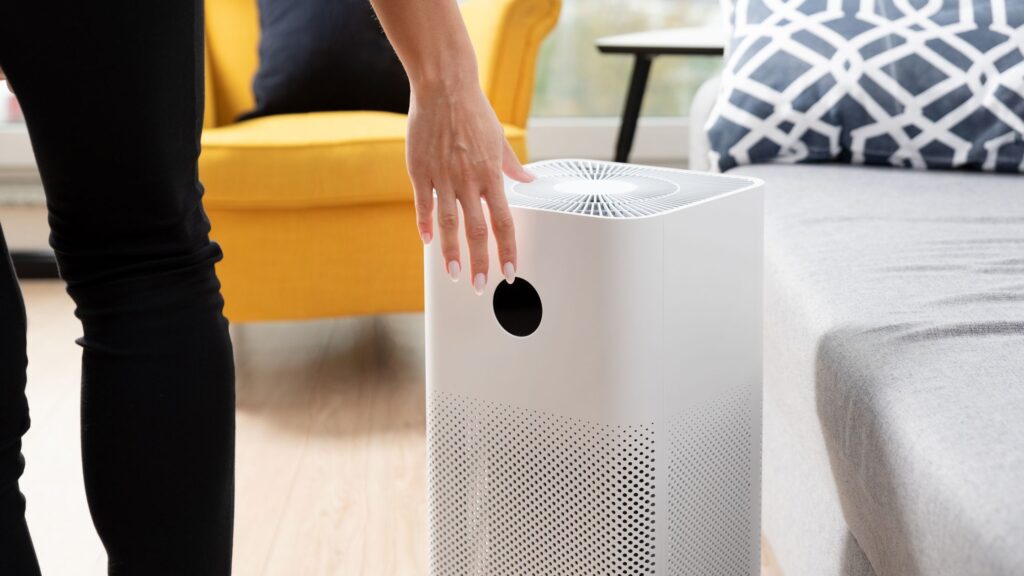
8. Conclusion
In summary, a Radon air purification system provides an effective and reliable way to protect your indoor air from radon. It actively vents radon from beneath your home, runs continuously, and gives you peace of mind through ongoing monitoring and safety compliance. They specialize in radon testing, mitigation, waterborne radon treatment, and air purification systems throughout the Des Moines area, offering customized solutions to keep your indoor air healthy and safe. For professional guidance, design, and installation, trusts DSM Radon: DSM Radon

